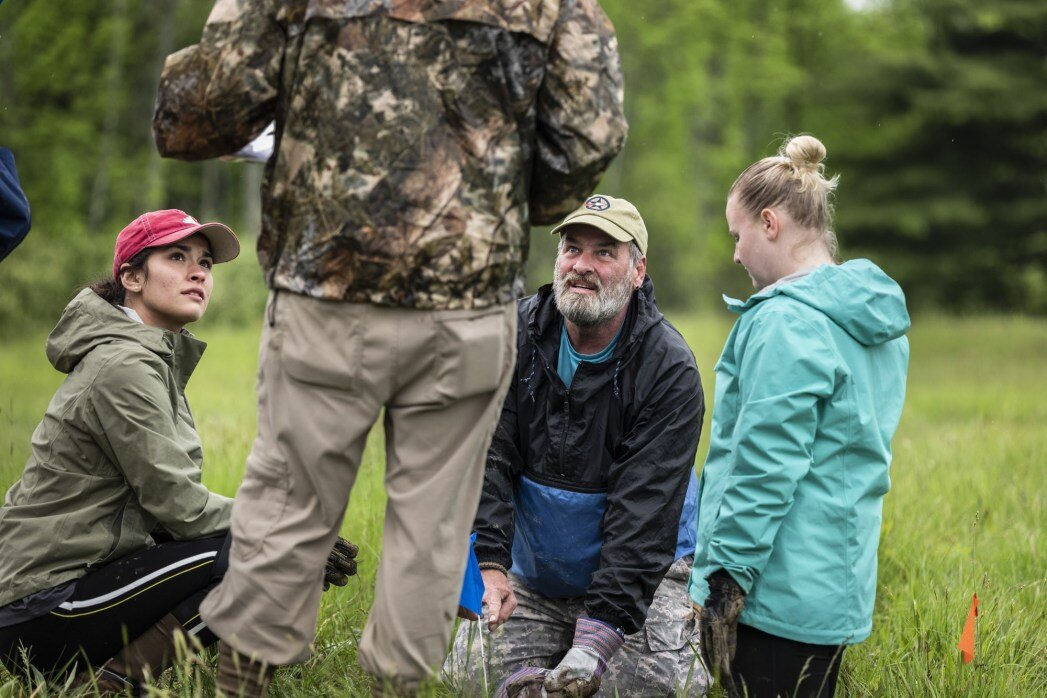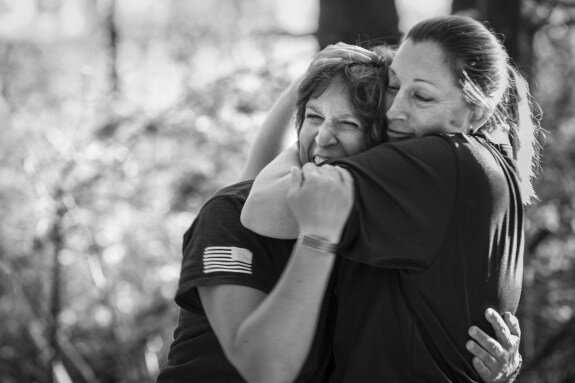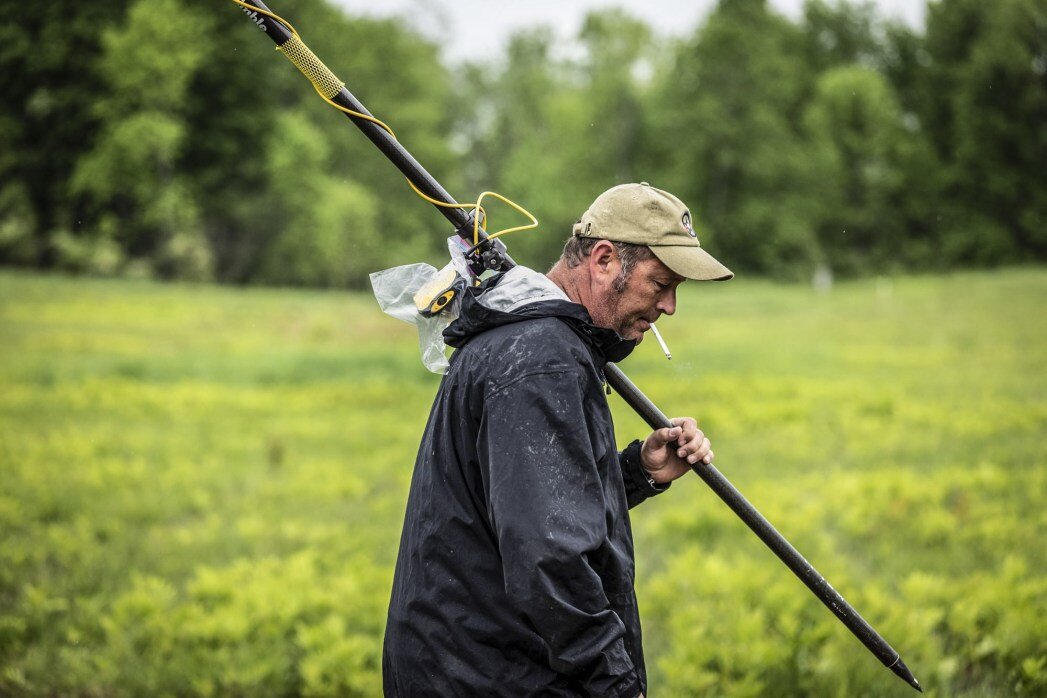CASE STUDIES > CHRONICLING THE AFTERMATH OF WAR

March 2, 2020 by Heather Elder
Doug Menuez Chronicles the Aftermath of War
“History matters, and we all have to look to it to inspire change.”
Doug Menuez
Doug Menuez regularly documents the human condition in the context of culture. Not only can we study history and learn from it, but by focusing on the past we can heal present-day wounds too. Doug worked on a project for Hallowed Ground Magazine and documented therapy in the making. Here’s a look into this fascinating project.
Connecting dots, illustrating people’s common connections, is the fuel for your photography. It is no wonder that you were interested in shooting editorial imagery for Hallowed Ground Magazine in documenting Veterans working on revolutionary war battlegrounds. How did this project come about for you?
Veteran Creative Director Jeff Griffith called me and asked if I’d be interested, and of course, I leaped at the chance to work with Jeff again. The story was so unusual and compelling and an entirely new way to talk about PTSD and disabled veterans. I was very curious about this program that incorporates classic archaeology process and training as a framework for improving the lives of these veterans. Jeff always trusts and supports me to do my thing while also being a great collaborator- he knows what he needs for his publication. He is exceptionally graceful about getting the best from photographers. Jeff spends a lot of time doing beautiful layouts and design, so that’s a tremendous plus to know your work will be well-displayed.
You are a documentary photographer at heart, seeking to chronicle history as it is happening. Tell us about the archaeological part of this assignment. Did you take special precautions when shooting the subjects “on hallowed ground”?
We were briefed in detail by the leaders of AVAR (American Veterans Archaeological Recovery) as to the sensitivity of the sacred ground that the battlefield represented and its history. There were established paths we needed to stay on and flagged areas that had been explored. We were allowed to attend the morning briefing, so we had a good idea of what was going on overall. It was unbelievable and surprising to me to then see these vets finding bullets and various artifacts of a battle that took place some 242 years ago! I’m a huge history fan but have not studied much of the American Revolution. It turned out we were documenting the Barber Wheatfield, near Saratoga, NY, where the Americans took a hard-fought victory that became a critical turning point in the Revolutionary War.

These images are very emotional. The mission of the American Veterans Archaeological Recovery program is to “promote the well-being of disabled veterans transitioning to civilian life through field archaeology.” Where did the veterans with whom you worked, serve? What stories can you share about your interactions with them?
I believe most of the vets we met served in Afghanistan and Iraq. We spent three very wet, rainy weekend days slogging through a lot of mud with our subjects. Jeff, my assistant, and I felt very welcomed to the point the vets invited us back to their group home for a cookout. That invitation was fantastic as we knew they were starting to trust us as a group. They were very aware of the unique history of this battlefield and how it was the cornerstone of the ultimate success of the Revolution. One vet said that once she found an actual artifact, she could imagine what it must have been like, that an American had been on that spot preparing for battle and then fighting and maybe dying. She said, “We’ve seen the bad guys in our recent wars, but to think about what they were facing? It’s daunting. Knowing that it’s the guys here, that it was this very fight that let us be Americans.”
Jeff did interviews, which were sometimes revealing, of painful memories sometimes related to their PTSD. I felt from my experience that this was not really the situation to ask for too much personal info. At one point, a man who had previously been a sniper was pointed out to me, but it felt like this was private information with a lot of meaning for the group.
You have said one of your driving beliefs “is to continue to show up and document the realities of the human condition.” PTSD is likely a struggle for many of the veterans. Having witnessed conflict and famine in Africa, the drug wars and the AIDS crisis, among other things, did you recognize this in the people you met? Was your strategy in capturing these heroes different than your usual as a result?
My strategy is always pretty much to assume that I know nothing and try to listen and learn as much as I can. People with PTSD might not seem any different than anyone else at first. But if you spend time with a person, you start to sense the weight they carry. There is something deep and profound in their eyes – you know they’ve seen and done things. It’s an unspoken understanding, and I guess because, in my work as a news photographer, I’ve witnessed some of the things they probably have seen. I may be undiagnosed, to be honest, who knows. But I felt a deep kinship and love for these men and women who served and sacrificed for our country.



















